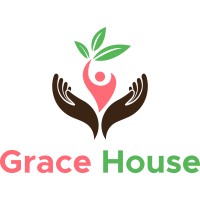
SMIA
Le SMIA (Service Médical Interentreprises de l’Anjou) est une association loi 1901 à but non lucratif, assurant la surveillance de l'état de santé des travailleurs des entreprises des arrondissements d’Angers et de Segré. Agréé par la DREETS des Pays de la Loire (Direction Régionale de l'Economie, de l'Emploi, du Travail et des Solidarités). Nos équipes interviennent sur trois axes majeurs qui constituent la base de notre offre de service : > la prévention des risques d'atteinte à la santé du fait du travail > le suivi individuel de l'état de santé du salarié > la prévention de la désinsertion professionnelle






